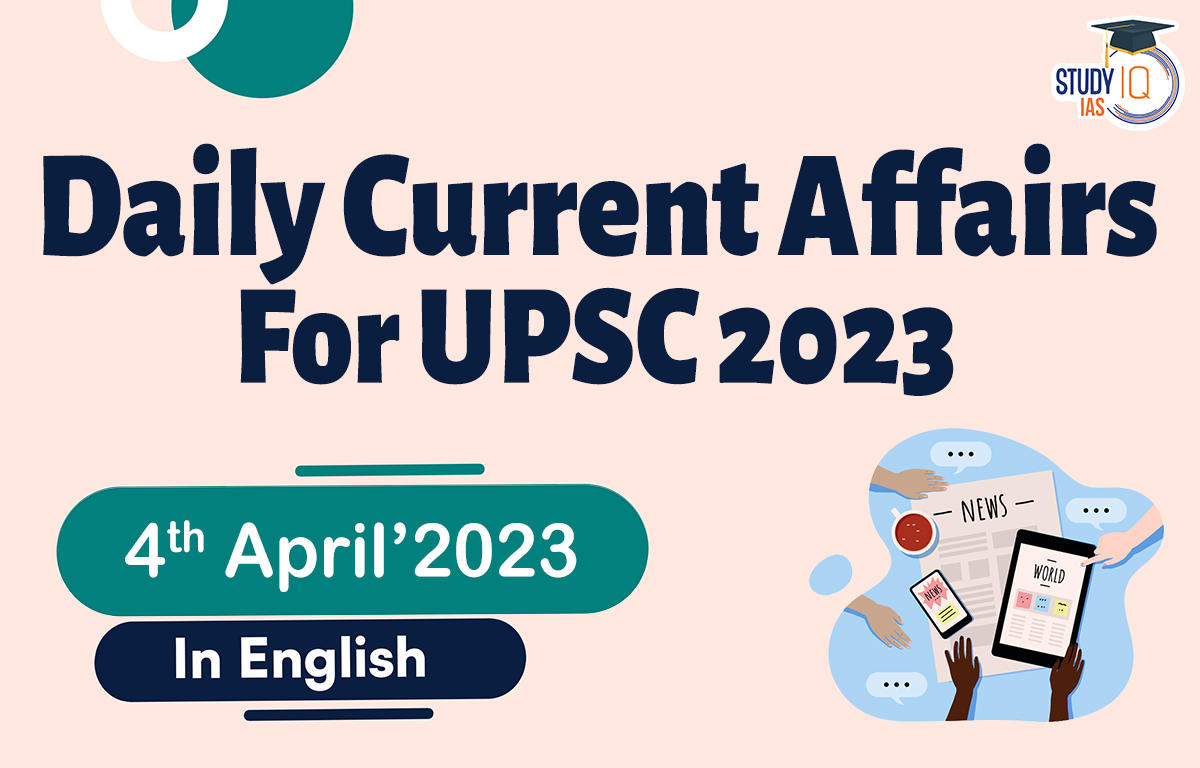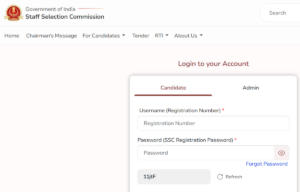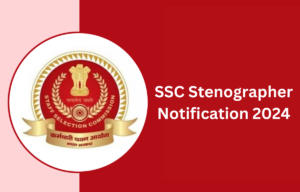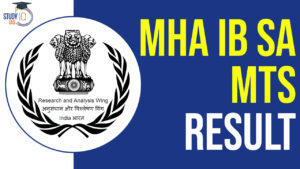Daily Current Affairs for UPSC 2023
Q) Recently seen in news, the ‘PM-DevINE’ initiative is related to which one of the following?
- The educational development of minorities
- Archaeological excavation of ancient religious places
- Funding social development projects in the north-eastern region
- The economic development of women in start-up industries
Daily Current Affairs for UPSC – 3 April 2023
Explanation:
- Option (3) is correct: The Prime Minister’s Development Initiative for North East Region (PM-DevINE) is a Central Sector Scheme with 100% central funding, announced in the year 2022. The parameters of NE States in terms of Basic Minimum Services (BMS) are well below the national average and there are critical development gaps as per the NER District Sustainable Development Goal (SDG) Index 2021-22. Hence PM-DevINE was announced to address these BMS shortfalls and development gaps. Scheme will be implemented by the Ministry of Development of North Eastern Region (DoNER) through the North Eastern Council or Central Ministries/ agencies. Objectives of PM-DevINE are:
- Fund infrastructure convergently, in the spirit of PM Gati Shakti.
- Support social development projects based on felt needs of the NER.
- Enable livelihood activities for youth and women.
- Fill the development gaps in various sectors.
Scheme has an outlay of Rs. 6,600 crore for the 4 year period from 2022-23 to 2025-26. PM-DevINE Scheme projects will lead to creation of infrastructure, social development projects, support industries and create livelihood activities for youth and women, thus leading to income and employment generation. Most parts of the scheme will be implemented through Engineering-procurement-Construction (EPC) basis, to limit construction risks of time and cost overrun.
Q) With reference to law on defamation in India, consider the following statements:
- The Indian Penal Code only defines criminal defamation.
- The tort laws can also be used to pass a decree in a defamation case.
- The right to reputation is part of the right to life and personal liberty under Article 21 of the Constitution.
Which of the statements given above is/are correct?
- 1 and 2 only
- 1 and 3 only
- 2 and 3 only
- 1, 2 and 3
Explanation:
- Statements 1 and 2 correct: Defamation is the act of communicating false statements about a person that injure the reputation of that person when observed through the eyes of ordinary man. In India, defamation can both be a civil wrong and a criminal offence. In Indian laws, criminal defamation has been specifically defined as an offence under the Indian Penal Code (IPC) whereas the civil defamation is based on tort law. Tort law is an area of law which does not rely on statutes to define wrongs but takes from ever-increasing body of case laws to define what would constitute a wrong. In a criminal case, defamation has to be established beyond reasonable doubt but in a civil defamation suit, damages can be awarded based on probabilities. Section 499 of the Indian Penal Code (IPC) states defamation could be through words-spoken or intended to be read, through signs, and also through visible representations. These can either be published or spoken about a person. Section 500 of IPC stipulates an imprisonment of up to two years, with or without fine for criminal defamation. Civil Defamation can take two forms libel (by writings) and slander (by spoken words). A civil suit can be filed before a district court or a high court, depending on the quantum of damages being sought by the complainant.
- Statement 3 is correct: In the Subramanian Swamy v Union of India Case (2016), the Supreme Court held that the right to “reputation” was protected under Article 21 of the Constitution which guarantees “life and personal liberty”. The SC also held that criminal defamation law protected the feeling of fraternity or solidarity between members of a society. In Ram Jethmalani Vs. Subramanian Swamy (2006), the High Court of Delhi held Dr. Swamy guilty for defaming Ram Jethmalani in the Rajiv Gandhi assassination case.
Q) Consider the following statements about Purchasing Managers’ Index (PMI):
- It is used to calculate business activity both in the manufacturing and service sectors.
- It is compiled and released by the World Economic Forum every year.
- India’s rank improved significantly in the recently released PMI.
Which of the statements given above is/are correct?
- 1 only
- 1 and 2 only
- 2 and 3 only
- 1, 2 and 3
Explanation:
- Statement 1 is correct: Purchasing Managers’ Index (PMI) is an indicator of business activity both in the manufacturing and services sectors. It is a survey-based measure that asks the respondents about changes in their perception of some key business variables from the month before.
- Statement 2 is incorrect:The index is compiled by S&P Global from responses to questionnaires sent to purchasing managers in a panel of around 400 manufacturers. It is indicated by a number from 0 to 100. A reading above 50 indicates an overall expansion compared to the previous month and a print below 50 shows an overall decrease.
- Statement 3 is incorrect:S&P Global India Manufacturing Purchasing Managers’ Index (PMI) for March was released recently. India PMI increased from 55.3 in February to 56.4 in March. It is driven by resilience in demand, growth in factory orders and easing input cost pressure. However, PMI average for the January-March period was 55.7; lower than 56.3 in the previous quarter. Overall level of positive sentiment slipped to an eight-month low due to concerns surrounding competitiveness and general inflation.
Q) With reference to ‘Ice Core’, consider the following statements:
- They are the deepest and central part of any ice sheet.
- It provides information about different aspects of the past environment on Earth.
- The carbon dioxide trapped in these cores helps speculate on the future scenario of climate on Earth.
Which of the statements given above is/are correct?
- 1 and 2 only
- 2 only
- 1 and 3 only
- 1, 2 and 3
Explanation:
- Statement 1 is incorrect: Ice cores are cylinders of ice drilled out of an ice sheet or glacier. Most ice core records come from Antarctica and Greenland, and the longest ice cores extend to 3km in depth. The oldest continuous ice core records to date extend 123,000 years in Greenland and 800,000 years in Antarctica.
- Statement 2 is correct: Arctic scientists are set to start drilling to save samples of ancient ice for analysis before the frozen layers melt away due to climate change. Analysis of chemicals in deep “ice cores” provides scientists with valuable data about past environmental conditions. Ice cores contain information about past temperature, and about many other aspects of the environment.
- Statement 3 is incorrect: Ice encloses small bubbles of air that contain a sample of the atmosphere-from these it is possible to measure directly the past concentration of atmospheric gases, including the major greenhouse gases: carbon dioxide, methane and nitrous oxide. They provide direct evidence that the climate can change abruptly under some circumstances. However, they provide no direct analogue for the future because the ice core era contains no periods with concentrations of CO2 comparable to those of the next century.
- Q) Consider the following statements about ‘India’s Refugee Policy’:
- As per the Foreigners Act of 1946, the central government has the power to deport any foreign citizen.
- India is a party to the 1951 Refugee Convention but has not ratified the 1967 Protocol on refugees.
Which of the statements given above is/are correct?
- 1 only
- 2 only
- Both 1 and 2
- Neither 1 nor 2
Explanation:
- Statement 1 is correct: India lacks specific legislation to address the problem of refugees. The Foreigners Act, 1946, fails to address the peculiar problems faced by refugees as a class. It also gives unbridled power to the Central government to deport any foreign citizen. The Citizenship Amendment Act, 2019 (CAA), controversially grants citizenship only to immigrants from specific religious groups, namely Hindus, Christians, Jains, Parsis, Sikhs, and Buddhists who have faced persecution in Bangladesh, Pakistan, and Afghanistan. Muslims are not included under this Act. A Central government scheme to provide financial assistance to Hindu and Sikh families who migrated to India from Pakistan after the 1947 partition, have been facing a number of challenges.
- Statement 2 is incorrect: India is not a party to the 1951 Refugee Convention and its 1967 Protocol, the key legal documents pertaining to refugee protection. In the case of National Human Rights Commission vs. State of Arunachal Pradesh (1996), the Supreme Court of India ruled that foreign citizens, along with citizens, have the right to equality and the right to life, among other fundamental rights. The 1951 Convention Relating to the Status of Refugees was the first comprehensive attempt to define refugees and charted a detailed guideline for host countries to ensure the adequate protection and preservation of the rights of all refugees. It puts out clearly who a refugee is and what kind of assistance, rights and legal protection a refugee is entitled to receive. It also lays down the obligations of refugees towards the host countries. The Convention also specifies certain categories of people, such as war criminals, who do not qualify for refugee status.


 SSC CGL Apply Online 2024, Last Date Tod...
SSC CGL Apply Online 2024, Last Date Tod...
 SSC Stenographer 2024 Notification Out a...
SSC Stenographer 2024 Notification Out a...
 IB SA MTS Final Result 2024 Out at mha.g...
IB SA MTS Final Result 2024 Out at mha.g...

















